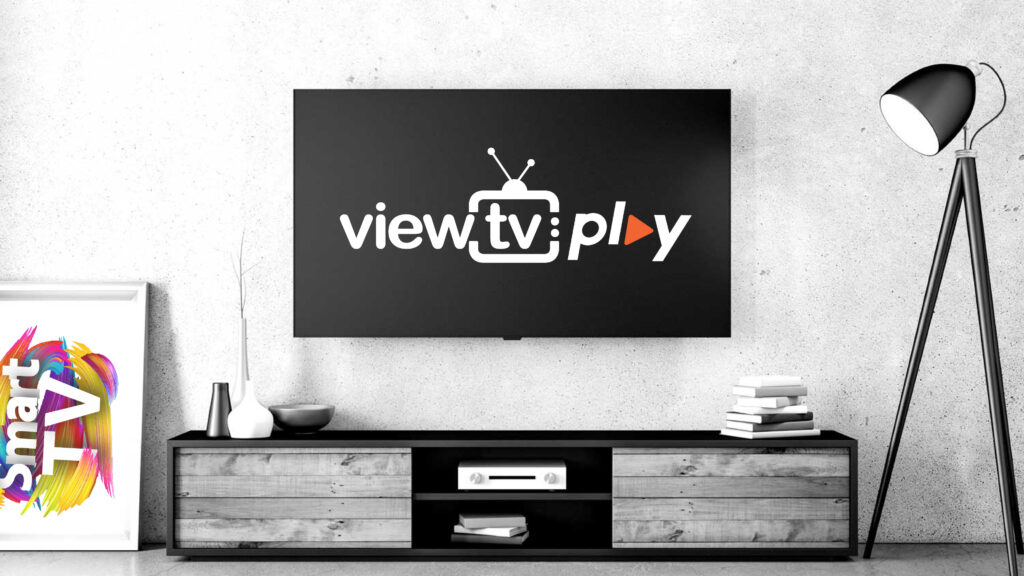FAST Channel Playout solutions from View TV provide a traditional television look and feel for advertisers and high confidence for advertisers. Additionally, it is creating amazing TV that viewers love.
View TV Play, is the end-to-end FAST Channel Scheduler solution for broadcasters and content owners providing content curation teams with the cloud-based tools to provide a sustainable broadcast revenue model.
FAST Channel Playout without the middleman
Traditional FAST Channels have required many middlemen, taking a high percentage of the revenue earned, leaving broadcasters with less than one-quarter of the earnings and all of the risk in content investment and content creation.
View TV Play is a solution mentored by an in-house monitoring team 24 hours every day, keeping an eye on revenues, audience experience and CTV platform metadata.
Deploy and deliver Channels with Connected TV Playout
Start a TV channel on Kapang across the UK and USA within a few days and distribute to several platforms, such as Kapang, Pluto TV and Redbox, within weeks. All platforms are looking for broadcast-grade FAST channels with continuity, 1080HD quality and more importanly FAST Channels appealing to audiences.
What Are FAST Channels?
For that unfamiliar, FAST stands for free, ad-supported television played in a linear format with a guide, similar to cable’s or satellite’s layout and guide.
Variety VIP+ cites 2020 as the year FAST took off, and the trajectory since then has been astounding. As an early provider of FAST channels, Plex has sourced data from an internal analytics dashboard analyzing billions of minutes of programming. This data shows just how rapidly it continues to advance. FAST content consumed was just 6% of the total in 2020 versus 30% of all Plex content in 2022. Over a billion minutes have been watched since January 1 of this year—the rough equivalent of 2,500 years of content if consecutively watched.
What is the Consumer Appeal of FAST channels?
FAST channels combine the comfort of traditional broadcast within the streaming landscape. Content is presented in channels where the viewer has no control over programming. In contrast, traditional subscription streaming requires a viewer to find and select a program from a streaming platform actively. There is growing interest in existing content libraries, from 24/7 Friends or Top Gear programming to a channel entirely of TED Talks or a holiday classics channel.
Not only does the viewer get to passively enjoy without paying a monthly subscription fee often associated with streaming, but they also don’t have to pay a monthly cable TV bill. FAST content is free, so viewers willing to sit through ads can save money.
What This Means For The Future Of Television
Industry conversations and developments tell us that many streaming platforms will go the way of CuriosityStream, abandoning the subscription model in favour of FAST across as many platforms as possible, driving revenue on existing content libraries. The unit economics of a $5 to $10 subscription doesn’t make much sense if, on average, you are paying $50 to $75 to acquire a subscriber, and they churn out in six to nine months.
The model provides many opportunities for content providers and platforms but also challenges. Smart TV Platforms are once again having to plan to program rather than letting consumers select on demand. It also assumes that consumers will continue to have an appetite for whatever content is programmed. It’s important to remember that on-demand options surged for a reason.
